
Different Kinds of Soy Sauce, and What They’re Good With

Soy sauce is one of the most popular sauces on the planet. There are a lot of different kinds of soy sauce — historical, territorial, gastronomic, and more. Some of them are better with meat, while others pair well with fish. There are also sauces for salads and others that are used as dips.
We at 5-Minute Crafts have made a detailed guide about the types of soy sauce there are and the meals they go well with.
A bit of history

The first soy sauce appeared in China in the eighth century BCE as a result of experiments with fermented fish and soybeans. Thanks to its taste, it quickly spread around Asia and eventually appeared in Western Europe, and by the end of the nineteenth century, it was all around the world.
That being said, the Chinese soy sauce serves as the origin of all other kinds of soy sauce.
Kinds of soy sauce
Today, there are several kinds of soy sauce:
- Chinese
- Japanese
- Korean
- Indonesian
- Taiwanese
- Thai
The differences are:
- Ingredients
- Production methods
- Appearance
- Kinds of meals they go well with
You can find special sauces for meat, seafood, soups, and many other meals.
Kinds of Chinese soy sauce
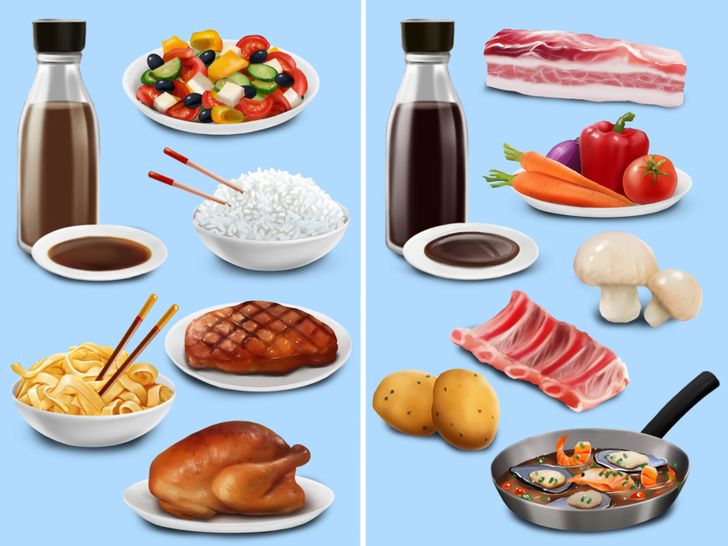
Chinese soy sauce can be both dark and light.
The light kind is salty. It’s made of soybeans, wheat, salt, and water. It’s added to meals to make them taste better.
- Liquid: for salads, meat, vegetables, poultry, wok cooking, and rice
- Thick: for dipping and frying pork, chicken, wok cooking, and vegetables
The dark sauce is sweet, not tasting that salty at all. It’s made of soybeans, wheat, salt, and water, and it includes other ingredients, like starch and shrimp. When it gets hot, it improves the appearance and taste of some meals.
Kinds of Japanese soy sauce

Japanese soy sauce is called shōyu. There are 2 kinds of shōyu: with wheat and without it.
With wheat:
- Lightly salted, light, liquid: for any meals
- Sweet, light, and liquid: for sweets and soups
- Thick and dark: for dipping sushi, and tofu
Sauces without wheat:
- Thick tamari: for sushi and sashimi, also used for grill and boiling
In general, all shōyu sauces are universal: all of them can be used during cooking or after.
How to tell which type of sauce you’re looking at
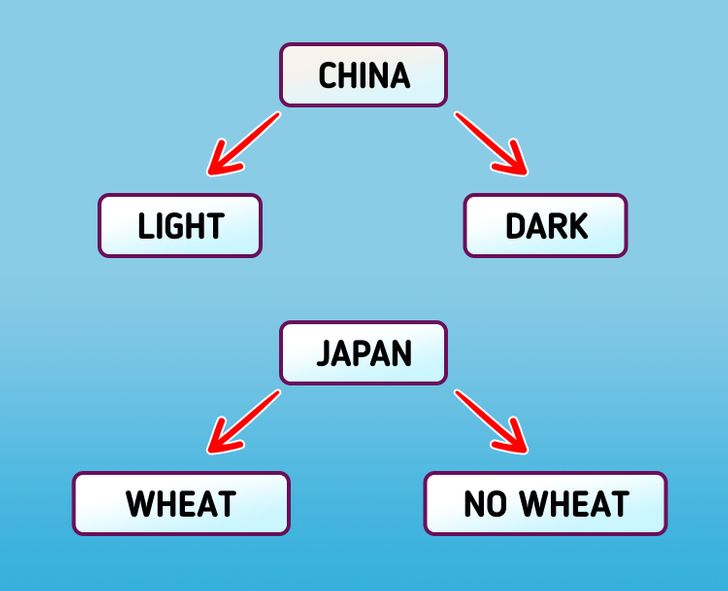
To find out which type of sauce you’re looking at, there are 2 steps:
- Check the country of manufacture on the pack.
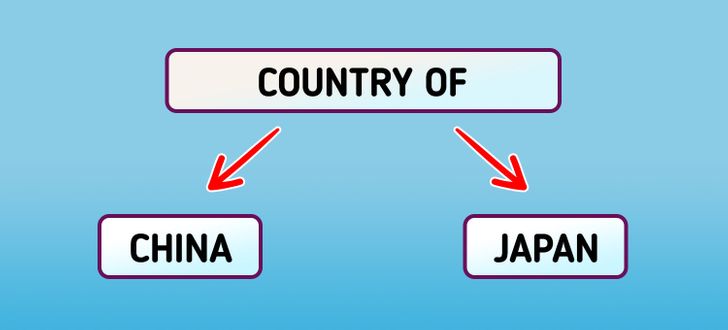
- If it’s from China, check the ingredients and appearance.
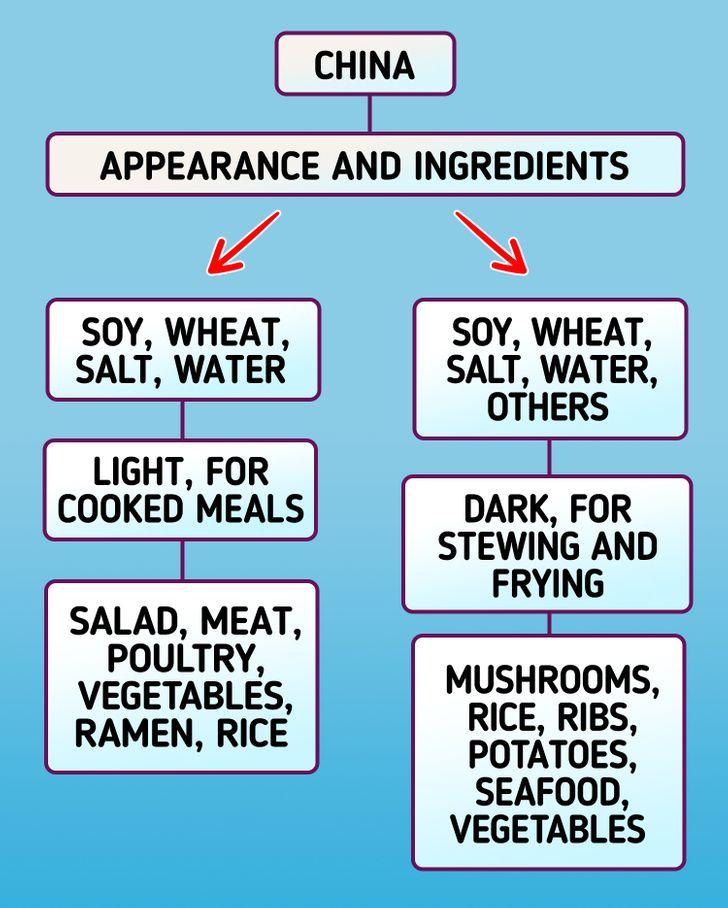
- If it’s from Japan, check it there’s wheat in it.
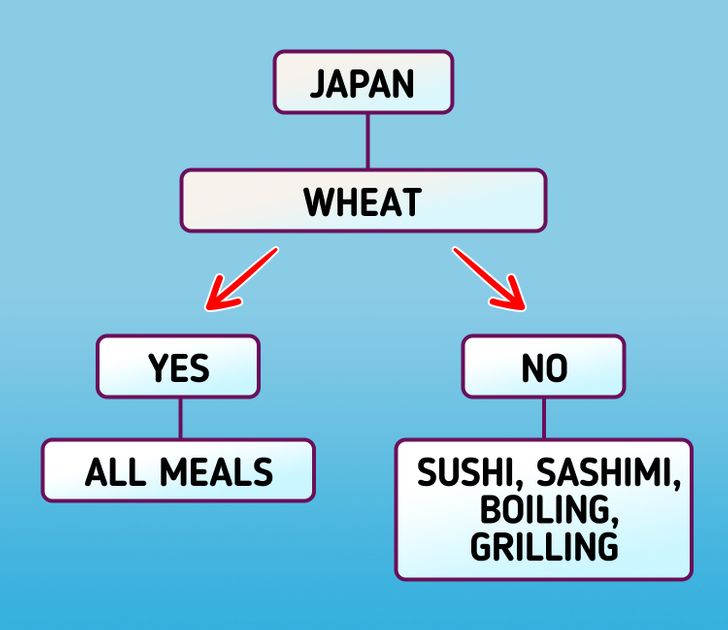
Now you can easily tell Chinese soy sauce from Japanese soy sauce and combine them with the meals they are designed for.